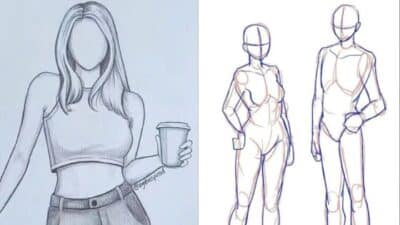Drawing lips can feel tricky, but it doesn’t have to be complicated. To create realistic lips, focus on observing their shapes — the curves of the upper and lower lips, the shadows, and the small details that give them volume. Using simple shapes or circles to map out proportions is a helpful way to begin.
By breaking the lips down into basic forms and understanding the subtle shifts in light and shadow, anyone can improve their drawing skills. With a bit of practice, capturing the natural look of lips becomes much easier and more enjoyable.
Essential Steps to Drawing Realistic Lips
Drawing realistic lips requires attention to structure, shape, and depth. It involves understanding the anatomy, building a foundation with shapes, outlining contours clearly, and using shading to add dimension and texture.
Understanding Lip Anatomy

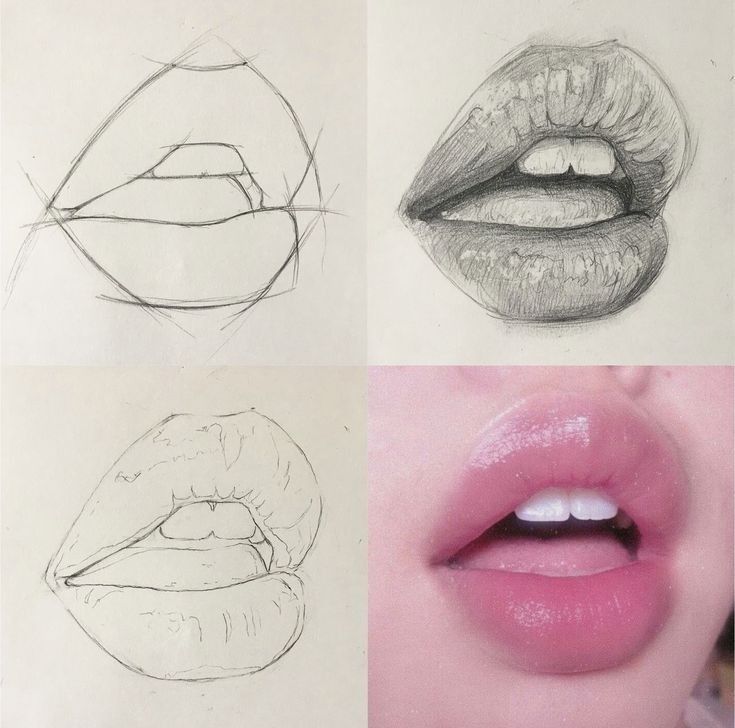
Lips consist of two main parts: the upper and lower lips. The upper lip typically has a pronounced shape called the Cupid’s bow, with two peaks and a dip in the center. The lower lip is fuller and rounder in comparison.
It’s important to notice the subtle curves where the lips meet the skin. The edges of the lips are not sharply defined but rather blend softly into the surrounding face. Knowing the muscles under the skin helps in capturing how lips move and form expressions.
Sketching the Basic Shapes
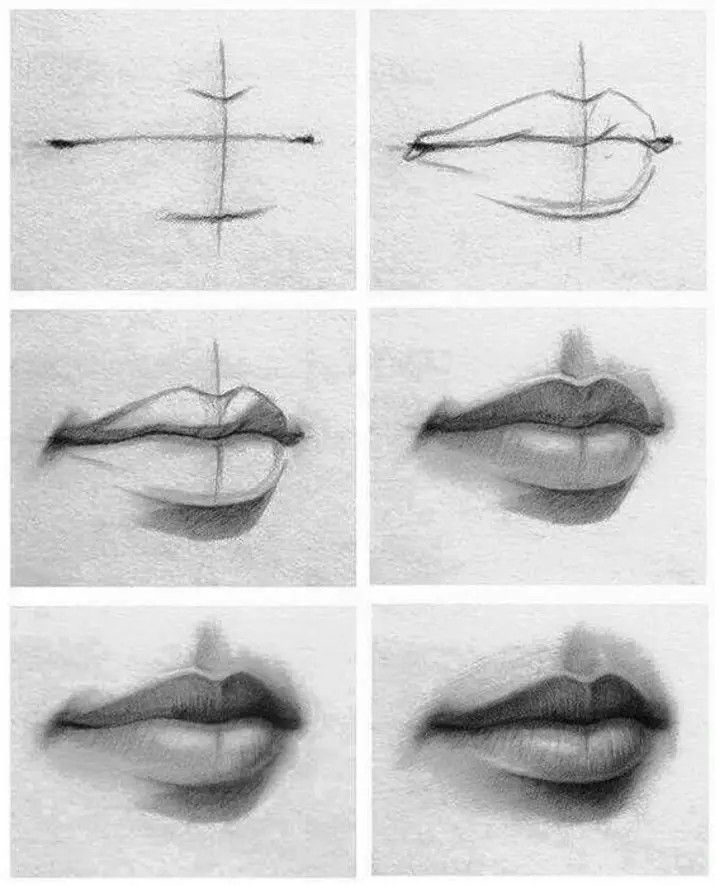

Start by drawing a simple horizontal line to mark the mouth’s width. Then use a triangle or an hourglass shape to map out the outline of the lips. The top lip can be visualized as two connected curves resembling a bow.
The bottom lip is often a single, broader curve. Keeping these shapes light and basic helps in adjusting proportions before moving to details. This stage sets a strong foundation for symmetry and balance in the drawing.
Defining the Lip Contours
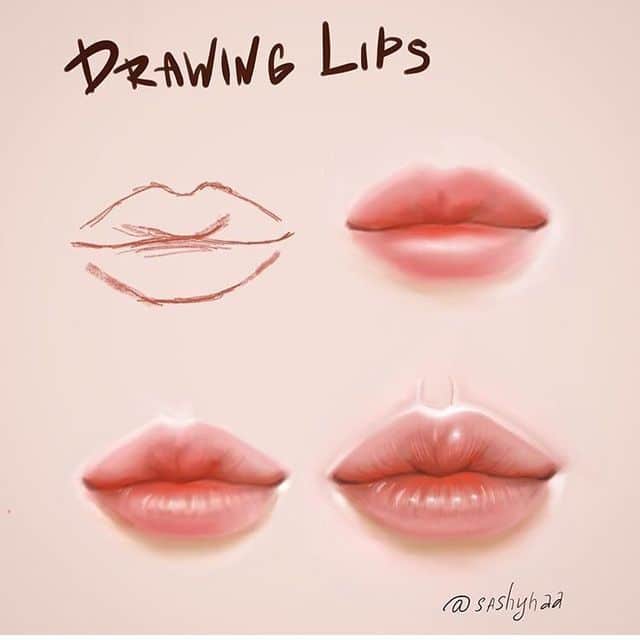

Next, refine the shapes by drawing the lip lines more precisely. Emphasize the sharp points of the Cupid’s bow and the rounded edges of the lips. Contours include the creases between the lips and slight dips along the edges.
Avoid making the lip line too dark or uniform. Variations in line weight add natural softness. The corners of the mouth usually curve subtly, and the outline should reflect those gentle changes rather than straight lines.
Adding Shading and Highlights

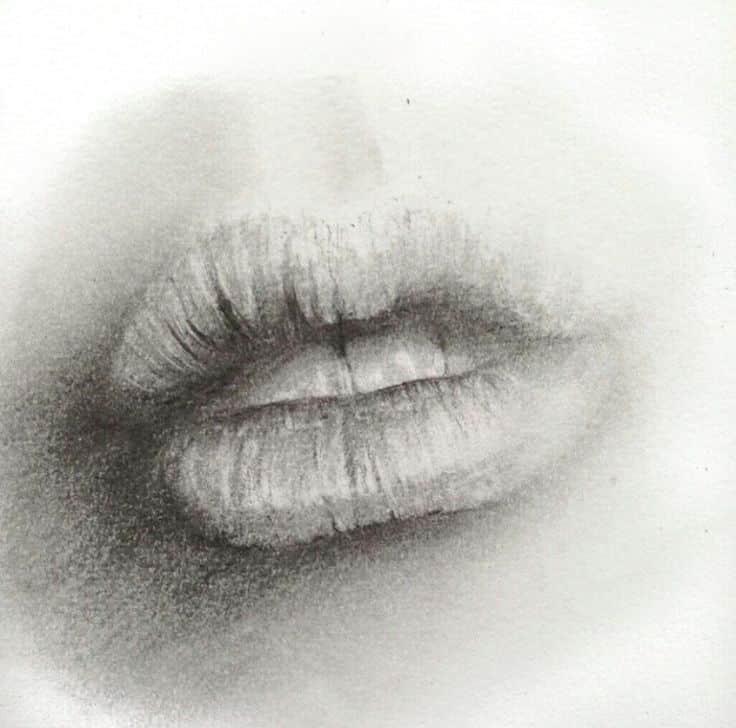
Shading brings realistic volume and texture. Focus on the areas where the lips recede, such as under the lower lip and in the crease between lips. Use gradual transitions from light to dark to suggest fullness.
Highlights often appear on the center of the lower lip and along the bow’s peaks. These tiny reflections mimic moisture and help lips look three-dimensional. Blending softly and using directional strokes can enhance realism without harsh edges.
Bringing Your Lip Drawings to Life
Adding depth and realism to lip drawings involves attention to fine details, expressions, and color choices. These elements help transform a simple sketch into a vivid, believable image.
Refining Texture and Details
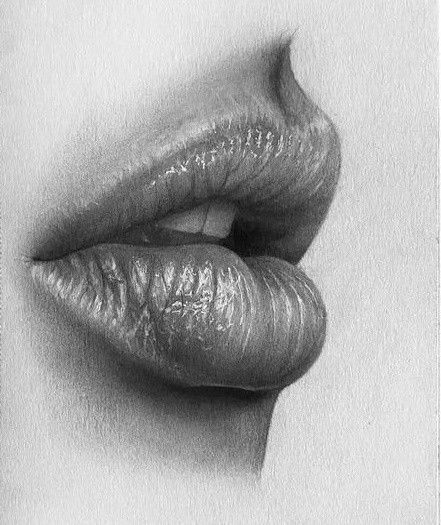
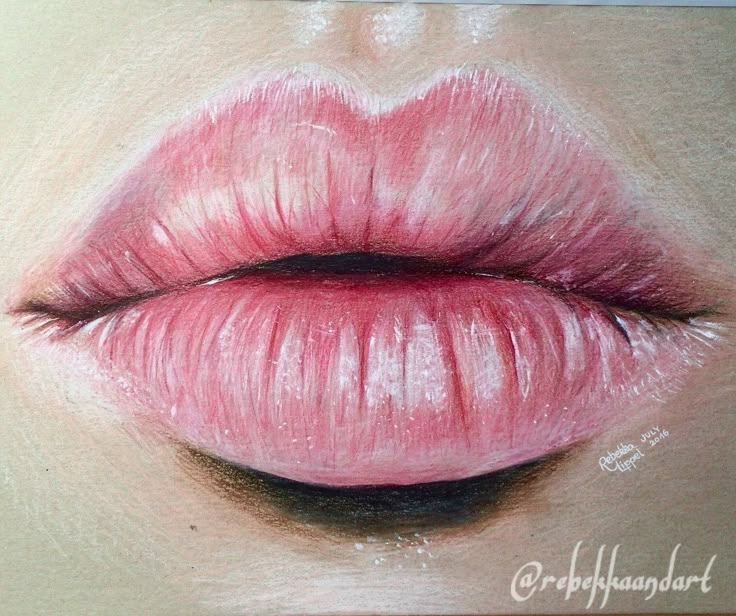
Texture plays a big role in making lips look natural. Subtle lines and creases on the lips suggest softness and volume. Artists often use light, short strokes to mimic these natural patterns.
Careful shading enhances the curves by emphasizing highlights and shadows. The upper lip usually casts a small shadow, while the center of the lower lip catches the most light. Paying attention to how light interacts with the lips creates a 3D effect.
Moisture and slight imperfections, like cracks or tiny wrinkles, improve realism. Avoid overdoing details to keep the lips from appearing stiff or artificial.
Exploring Different Lip Expressions

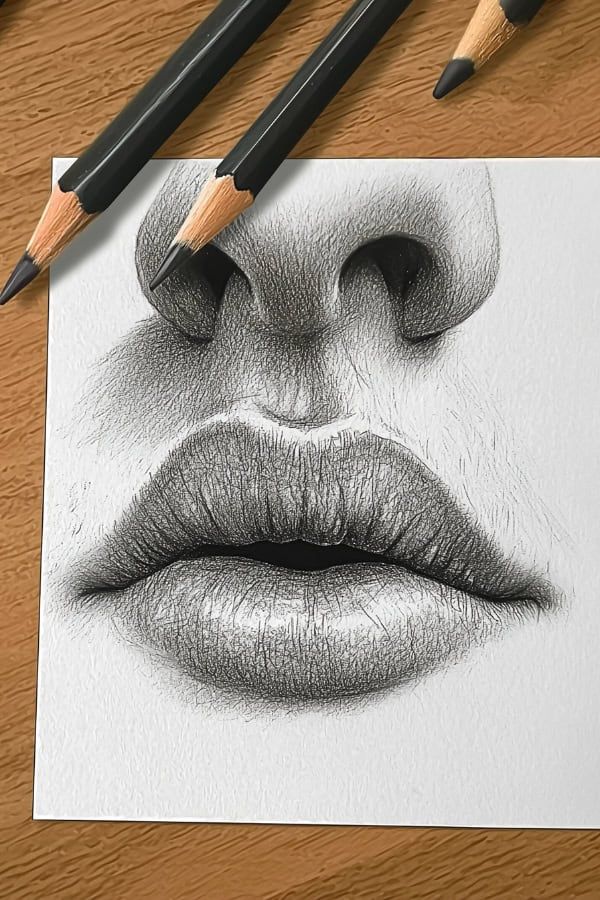
Changing the shape or tension of lips can show a wide range of emotions. Slightly parted lips can suggest surprise or curiosity, while tightened, thin lips might convey tension or seriousness.
Pay attention to the muscles around the mouth. Smiles lift the corners and wrinkle the skin near the nose and cheeks. Frowning lowers the corners and creates different shadow areas.
Using reference photos helps capture authentic expressions. Experimenting with small variations in curvature and line sharpness lets the artist depict subtle emotional shifts.
Using Color for Lifelike Results

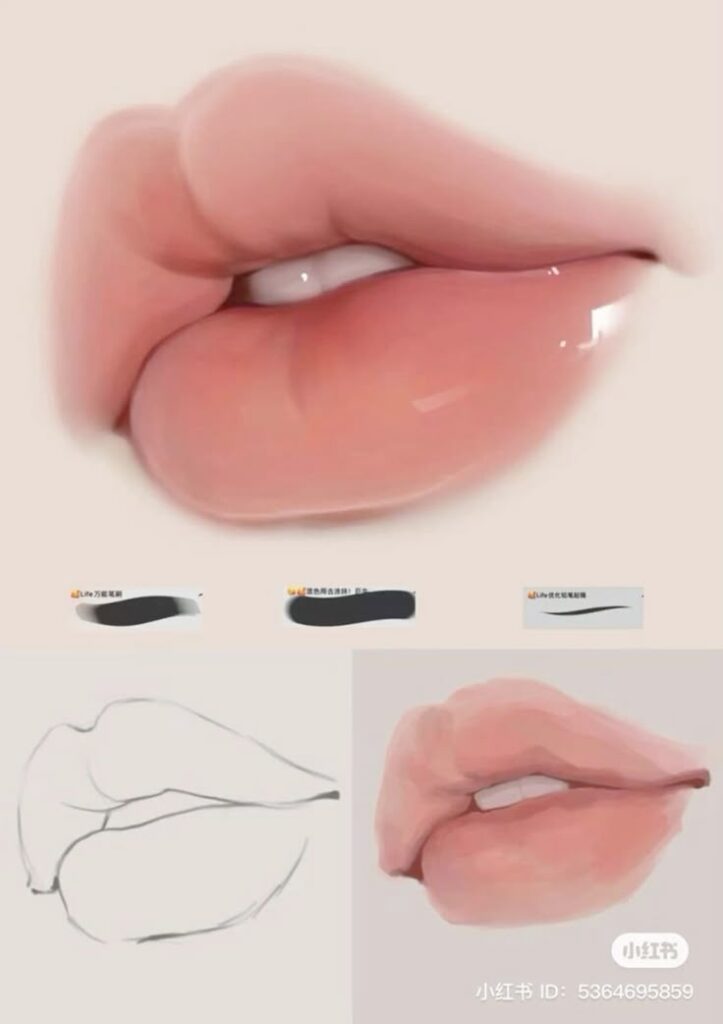
Choosing the right colors is essential for realistic lips. Natural lips have a mix of reds, pinks, and sometimes purples or browns depending on skin tone and lighting.
Layering colors works best. Starting with a base tone, artists add darker shades for shadows and lighter tones for highlights. Blending these carefully avoids harsh lines.
Using a slightly glossy finish or subtle gradients mimics natural moisture. This boost in realism makes the lips appear softer and more three-dimensional.
Keeping colors balanced and consistent with surrounding skin tones grounds the lips within the whole portrait.
- 4.0Kshares
- Facebook0
- Pinterest4.0K
- Twitter0
